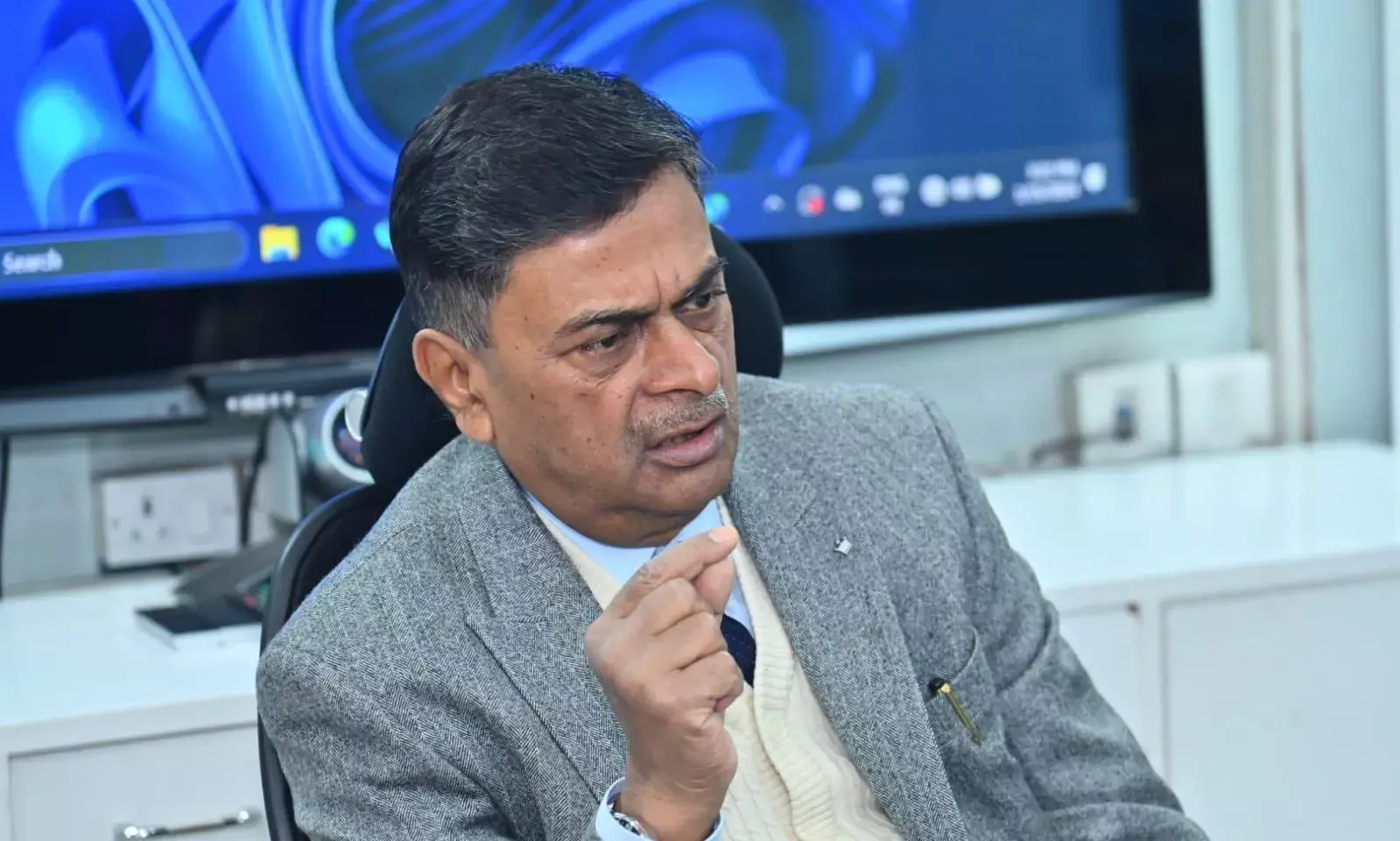With new rules in place, Power Minister reaffirms India's commitment to uninterrupted, affordable electricity
The government is closely monitoring distribution companies indulging in gratuitous load shedding, while also working out resource allocation norms to keep pace with the rising demand through a working group, Minister RK Singh added.;

Power Minister RK Singh
New Delhi, Jan 16: Even as the world’s third-largest energy consumer substantially ups investments in the power sector to meet the ever-expanding demand of a growing populace, Union Minister for Power & New and Renewable Energy, Raj Kumar Singh, has said the latest amendment to the electricity rules was one more step towards improving affordability and enhanced grid reliability.
“As a consumer or generator [of electricity], you won’t need a license for more than 10 (megawatt) MW to get connected to the Intra-State Transmission utility or more than 25 MW to get connected to the Inter-State Transmission System. We have put in place General Network Access so that by connecting to the grid, you also get connected to the whole country,” Singh told mediapersons during a briefing on the Electricity (Amendment) Rules, 2024, in New Delhi on Monday.
Consequently, electricity consumers possessing more than a specified quantity of Energy Storage System (ESS) won’t be required to obtain a license to establish, operate or maintain dedicated transmission lines under the newly amended provisions.
Earlier, this facility was only available to generating companies and captive generating stations.
The rules that were notified on January 10 are expected to benefit green hydrogen manufacturers, especially, abet faster transition to new and renewable sources of energy as well as accelerating the construction of energy storage capacities.
The Central Government is hopeful that these new reforms will help in creating a new class of bulk consumers in the coming years.
Singh also claimed the ease of access facilitated by the rules had once again reinforced India’s position as the best electricity market globally.
“Our systems are better than those in the US and Europe. Here, once you get connected, you can sell electricity to Kolkata today and to Vadodara tomorrow; the day after tomorrow you can buy it from Nasik or wherever. It is one grid running on the same frequency,” he said.
However, while the licensing requirement has been done away with, beneficiaries will need to comply with the regulations, technical standards, guidelines and procedures under the provisions of the Electricity Act, 2003.
Although Open Access is one of the key features of the Act, due to very high charges levied by some states the facility had failed to find many takers. The new rules, therefore, seek to rationalise the various costs such as the wheeling charges, state transmission charges as well as additional surcharges under the Open Access framework.
Transforming the power sector
The power minister also said that in the past nine years, the power sector had undergone a complete transformation with the country adding nearly 180,000 megawatts (MW) of capacity, an increase of up to 80 per cent.
“We have made it possible for power to be transferred from one corner of the country to another by adding 190,000 circuit km of transmission lines. We have strengthened the distribution system by spending almost Rs 2 lakh crores and constructing 2,927 odd substations and upgrading 3,964 substations.”
This resulted in the transmission capability increasing from 36,000 MW to 160,000 MW, an increase of more than 300 per cent, during the same period.
The average electricity supply in rural areas had gone up to 22 hours and in urban areas to 23.8 hours, with 2.68 crore new customers being added all across the country under universal access.
Meanwhile, the Aggregate Technical and Commercial (AT&C) losses of distribution companies declined to 15.41 per cent in 2023 from 27 per cent in 2014, which was a significant 12 per cent dip.
Talking about government investments in the sector, Singh informed that Rs 16.93 lakh crore had been invested in the power sector to date with Rs 17.05 lakh more investment in the pipeline.
He reiterated India’s commitment to reach net zero emissions by 2070, with 500 gigawatts (GW) of renewable energy capacity from wind and solar accounting for 44 per cent of the total electricity produced by 2030.
Touching upon the important issue of improving electricity access to the end consumer, he said the power ministry was keeping a close watch on distribution companies indulging in gratuitous load shedding while also working on resource allocation norms to keep pace with the rising demand through a dedicated working group.
“Every distribution company has to tie up enough capacity to meet the demand of the area for which it has a license. They have made a presentation to me on the [perceived] demand for 2031-32 and will have to tie up resources accordingly, with only a few states left.”

